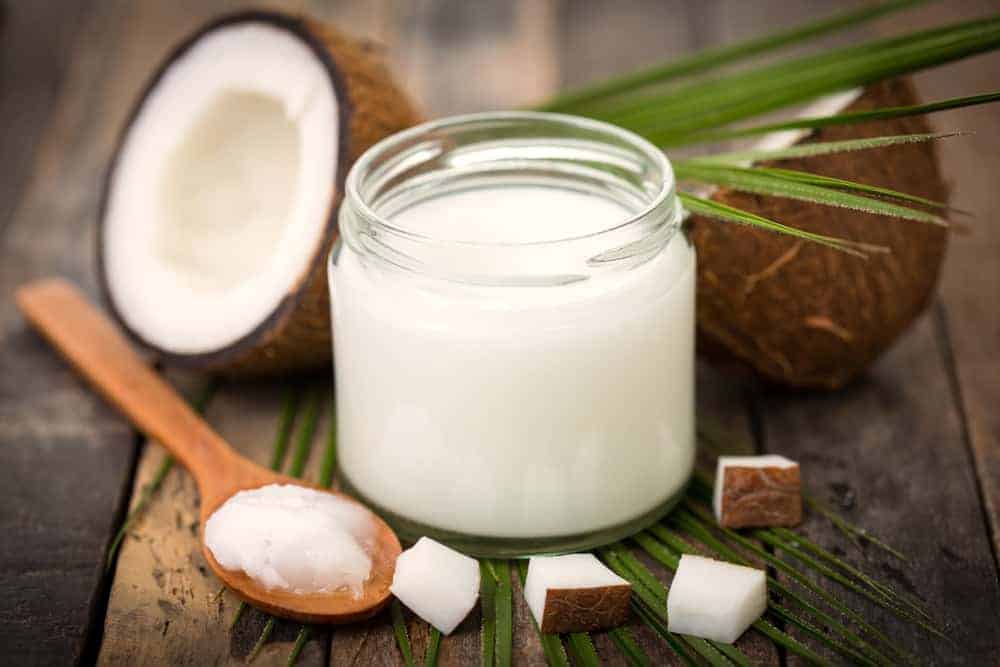Barista Secrets to Making Amazing Coffee Without a Machine
Discover how to craft delicious, café-quality coffee right at home—no coffee machine required. Many baristas rely on simple techniques and tools to extract bold flavors and rich aromas. With a few expert tips, quality ingredients, and a bit of patience, anyone can elevate their at-home coffee experience. Explore these tried-and-true methods to unlock deeper flavors and creative brewing styles. These secrets can transform your daily cup into something truly special.
1. Freshly Grind Your Coffee Beans

Grinding coffee beans just before brewing preserves essential oils and maximizes flavor. Manual grinders, such as burr or hand-crank models, give you precise control over grind size. Compared to pre-ground coffee, freshly ground beans deliver a noticeably richer cup. Experiment with grind fineness depending on your brewing method.
2. Use the Right Water Temperature
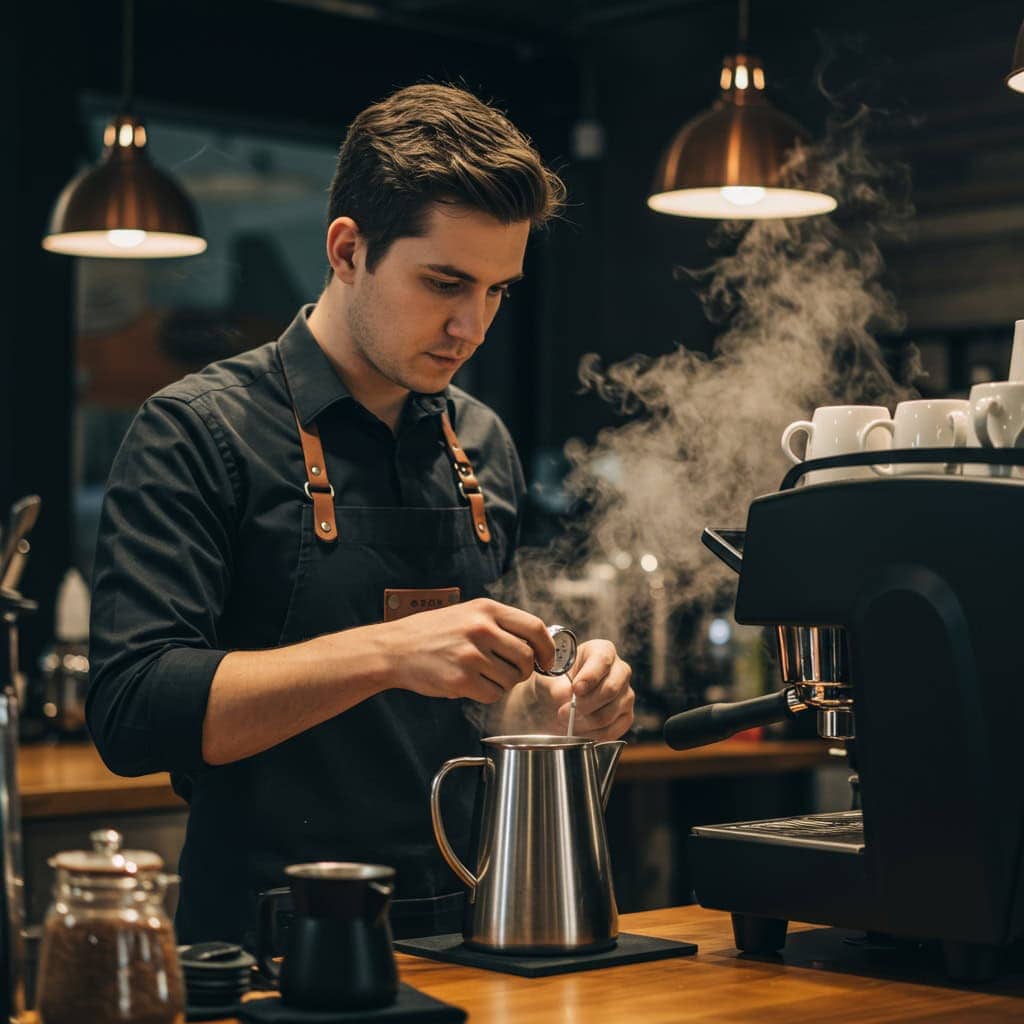
Optimal coffee extraction happens between 195°F and 205°F (90-96°C) for most methods. Too hot, and your coffee may taste bitter; too cool, and it’s weak or sour. Heating water to just below boiling and letting it sit for a moment is a simple trick. Baristas often use a thermometer or judge by sight and sound.
3. Master the Pour Over Technique
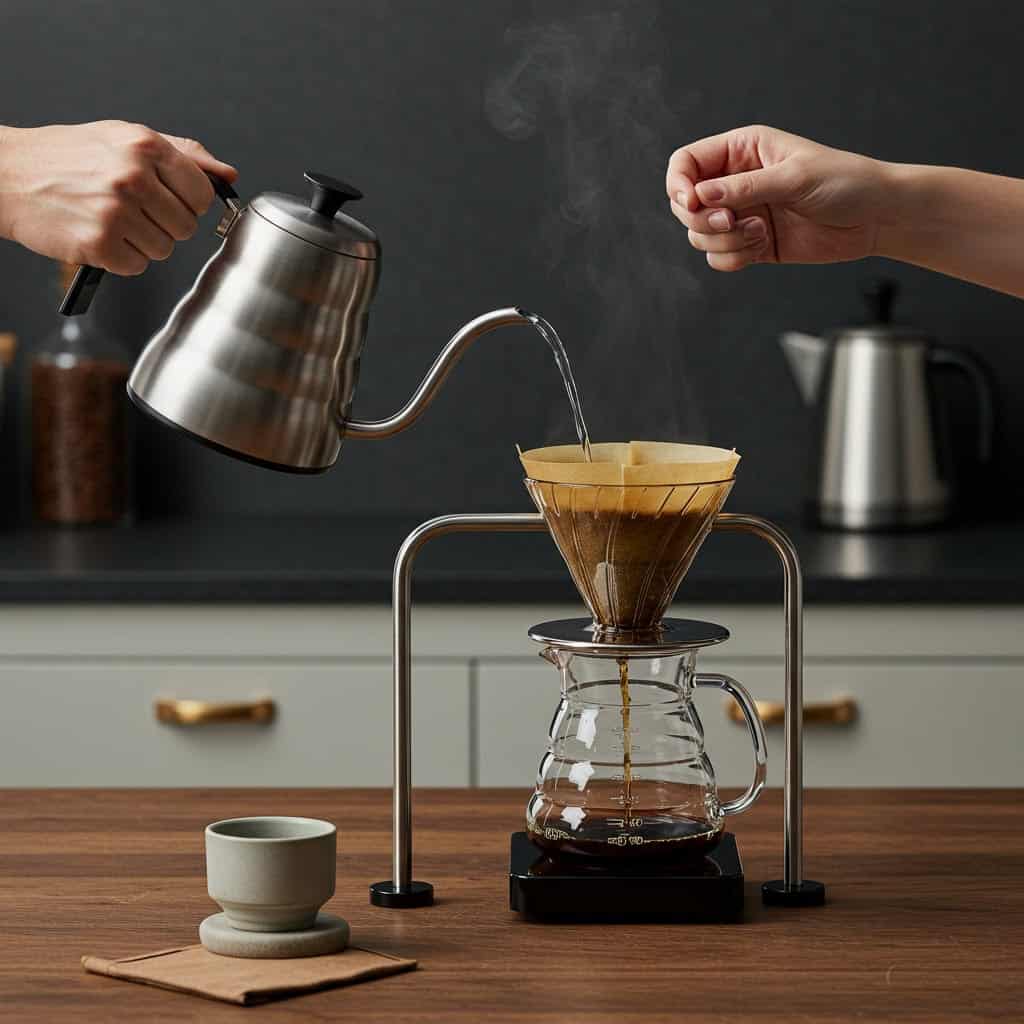
Pour over brewing, using a filter and cone (like a Hario V60 or Chemex), allows precise control over extraction. Pour water in slow, circular motions for even saturation. This method brings out nuanced flavors and clarity in the cup. Simple paper filters or reusable cloth filters work well.
4. Try the French Press Method

The French press uses immersion brewing to create a full-bodied, robust cup. Coarsely ground coffee steeps directly in hot water, then is separated with a plunger. This method highlights rich flavors and natural oils. Letting it brew for four minutes is a barista’s classic move.
5. Perfect the Cold Brew

Cold brew involves steeping coarse coffee grounds in cold water for 12-24 hours. This slow extraction results in a smooth, low-acid beverage, ideal over ice or mixed with milk. Use a jar or pitcher and strain through a fine mesh or cheesecloth. It’s a refreshing alternative to hot methods.
6. Use the Clever Dripper or Improvised Brewers
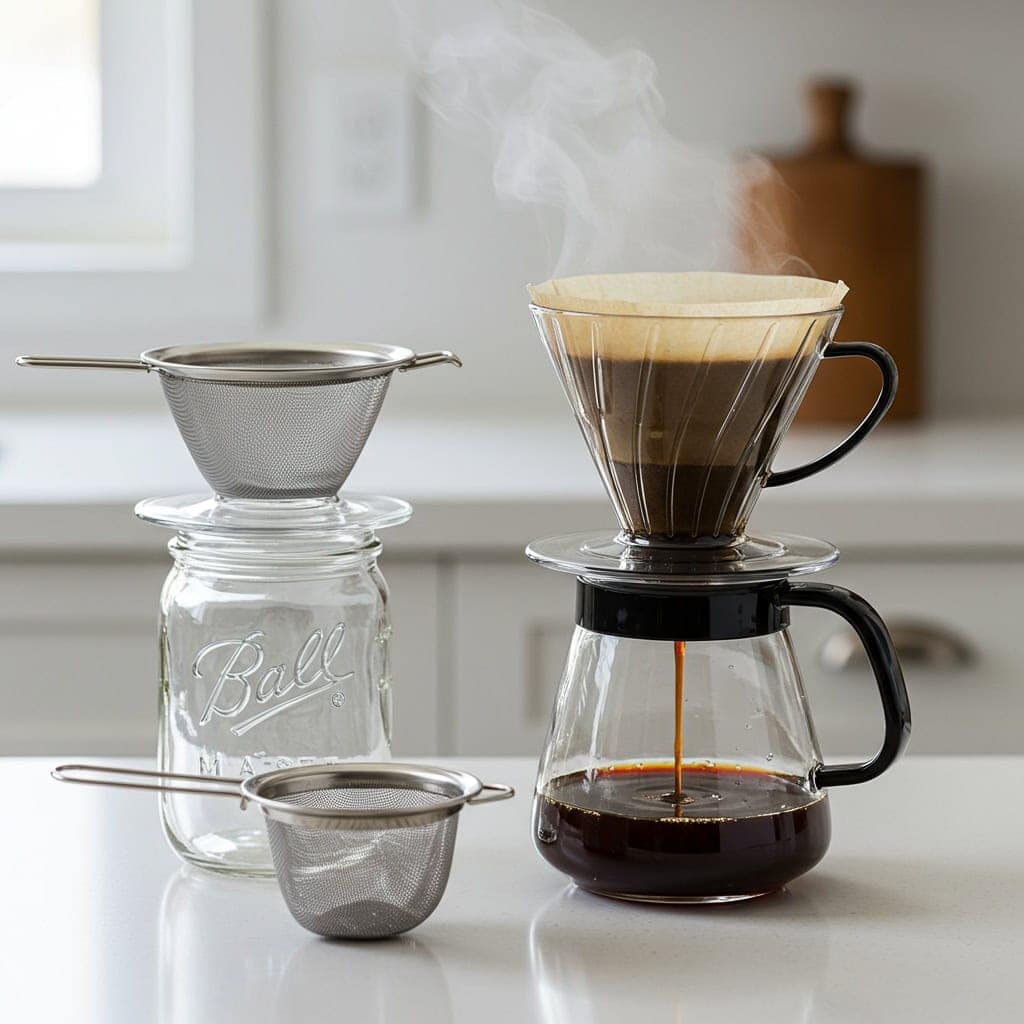
The Clever Dripper combines immersion and filtration, delivering a clean and rich cup. If you don’t own one, improvise with a mason jar and a fine mesh strainer. This hybrid method gives you more flavor control. It’s forgiving for beginners and versatile for experimentation.
7. Bloom Your Coffee Grounds
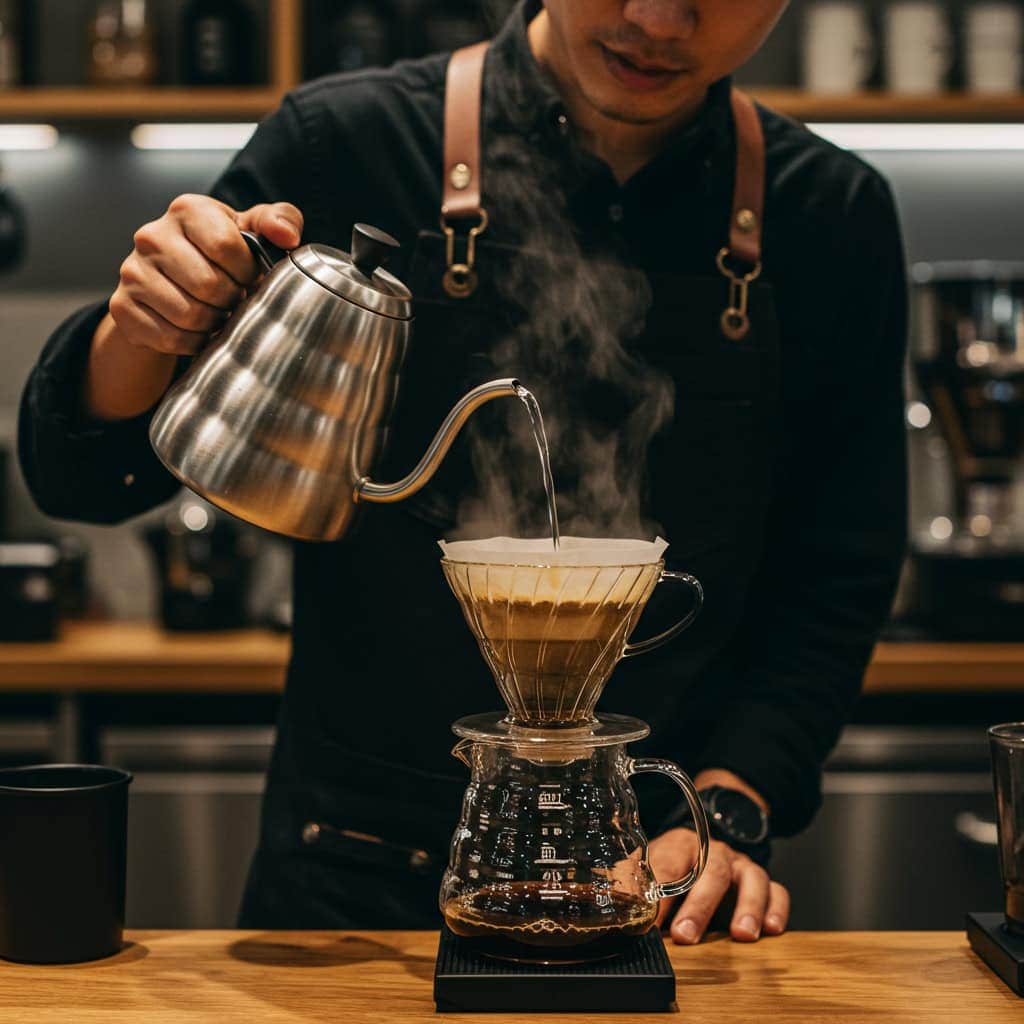
Blooming involves wetting the grounds with a small amount of hot water, letting them expand before full brewing. This allows trapped gases to escape and improves extraction. Baristas recommend blooming for 30-45 seconds, especially with fresh coffee. It enhances aroma and flavor clarity.
8. Use Quality Filters
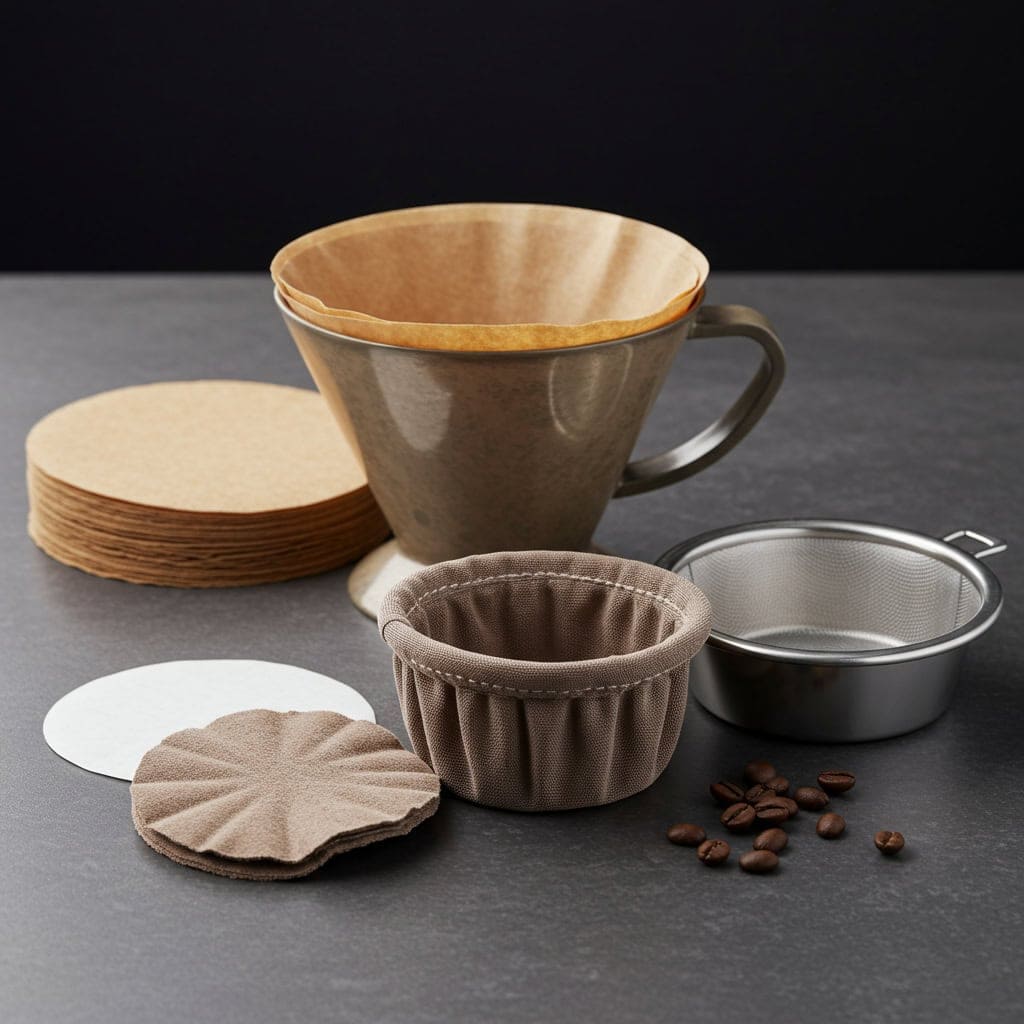
High-quality paper or cloth filters remove sediment and unwanted oils for a cleaner taste. Some baristas prefer unbleached filters for their minimal impact on flavor. Reusable metal and cloth filters are eco-friendly alternatives. The choice of filter can subtly influence the coffee’s mouthfeel.
9. Experiment with Ratios and Timing
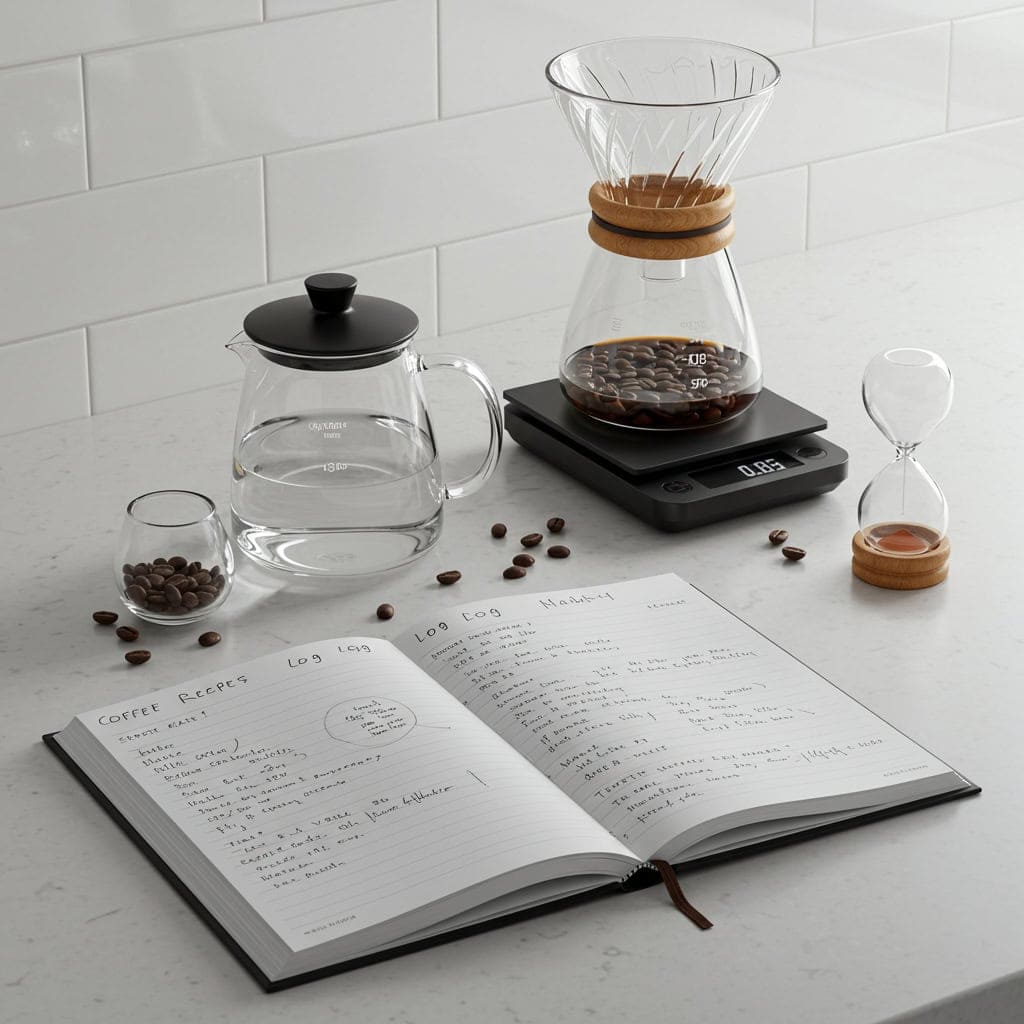
Adjusting coffee-to-water ratios and brew times allows for personalized flavor profiles. Start with 1:16 ratio (one part coffee to sixteen parts water) and tweak to taste. Shorter brewing yields lighter coffee; longer brings intensity. Baristas often log their recipes for consistency.
10. Enhance with Small Additions

A pinch of salt, cinnamon, or cocoa can accentuate coffee’s natural flavors without overpowering it. Baristas may add citrus peels or herbs for unique twists. Stir in milk alternatives for creaminess or experiment with honey for sweetness. Always use fresh, high-quality additions.
.article-content-img img { width: 100% }



